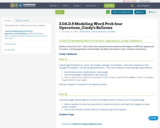
This task provides students with practice modeling.
- Subject:
- Education
- Elementary Education
- Mathematics
- Numbers and Operations
- Material Type:
- Activity/Lab
- Assessment
- Homework/Assignment
- Date Added:
- 08/16/2018

This task provides students with practice modeling.

This chain of reasoning task address 3.OA.8
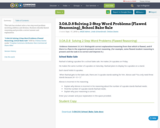
This task has student solve a two step word problem involving addition and division. Students identify flawed reasoning and provide a correct answer and explanation.
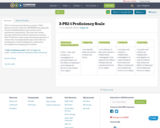
This is a task neutral proficiency scale for 3-PS2-1. Resources used to make this: NGSS.NSTA.org, Appendix E from the NextGenScience site and the actual performance expectations. This scale was created through collaboration with five elementary teachers.
Note: Proficiency scales assume learning progression. A student that can independently plan and conduct an investigation could be building off a collaborative investigation by changing their variables.

In this unit students will use what they know about how words are structured to read a variety of Expository Texts about the election process. Students will identify author’s point of view, explain why the author wrote the text and support their answer by citing proof in text. Students will then hold an election of their own, choose from a variety of topics they would like to vote on, then create digitally a campaign video communicating their point of view with details to support their point of view in hopes to persuade the audience to vote for their topic.

3rd Grade Eureka Math Resources

This two-part lesson on 'The Amazing Adaptations of Earth’s Organisms' that aligns with Texas Essential Knowledge & Skills Standards for 4-5th Grade Science and Art. It includes a first lesson where students read a scientific article from Frontiers for Young Minds, then work in expert teams to summarize the article using the jigsaw strategy. Then, in a second lesson, students learn about earth's biomes and a broader range of adaptations of organisms to various environmental challenges, then draw and describe their own organism with "superpower adaptations".
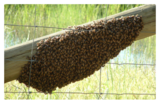
Learn how honey bees manage their community through swarming. This lesson includes learning objectives, material and resource lists, background information, activities, reading selections, writing assignments, a game, assessments, and support documents. See the Educator's Guide for more video links and recommended readings.

Adding and subtracting fractions

Fraction task
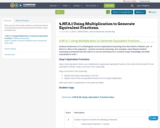
This resource will enable students to determine flawed reasoning when generating equivalent fractions using multiplication.
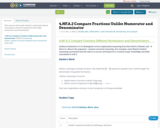
This resource will enable students to determine flawed reasoning in a fraction comparison with unlike numerators and denominators.
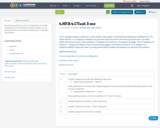
Revolutionary history recipe word problems involving multiplication of a fraction by a whole number, e.g., by using visual fraction models and equations to represent the problem.
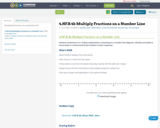
Multiplying fractions on a numberline task
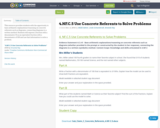
This resource provides students with the opportunity to base arithmetic explanations/reasoning on concrete referents such as diagrams, connecting diagrams to a written method. Students will express a fraction with a denominator 10 as an equivalent fraction with a denominator of 100 and use that information to solve a problem.
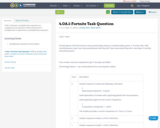
4.OA.1. Interpret a multiplication equation as a comparison and represent verbal statements of multiplicative comparisons as multiplication equations.
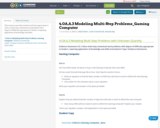
This resource provides students with the opportunity to solve a multi-step contextual word problem with a degree of difficulty appropriate to Grade 4, requiring application of knowledge and skills.
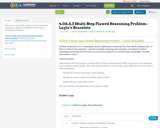
This resource will enable students to determine flawed reasoning in a division word problem that involves interpreting remainders.
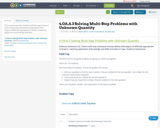
This resource provides students with the opportunity to solve a multi-step contextual word problem with a degree of difficulty appropriate to Grade 4, requiring application of knowledge and skills.
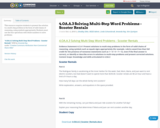
This resource requires students to present the solution to a multi-step problem in the form of valid chains of reasoning, using symbols appropriately. Students must use the four operations with whole numbers to solve problems.